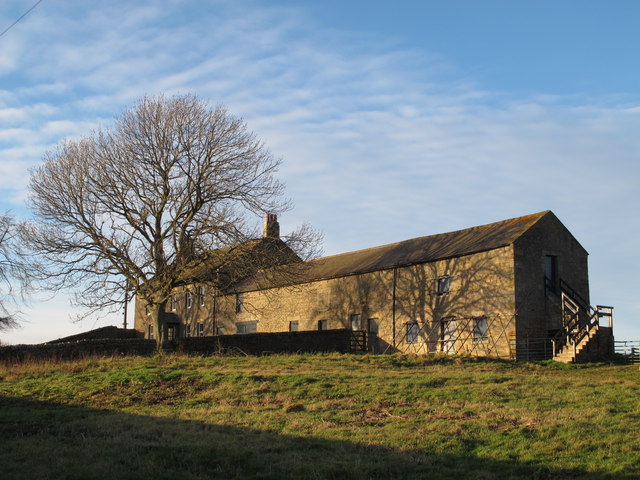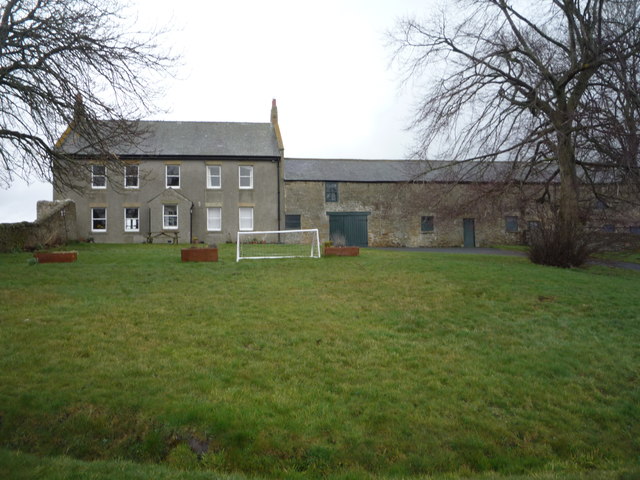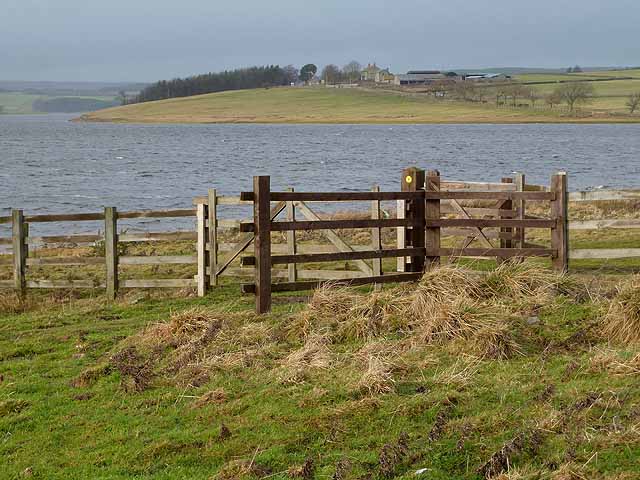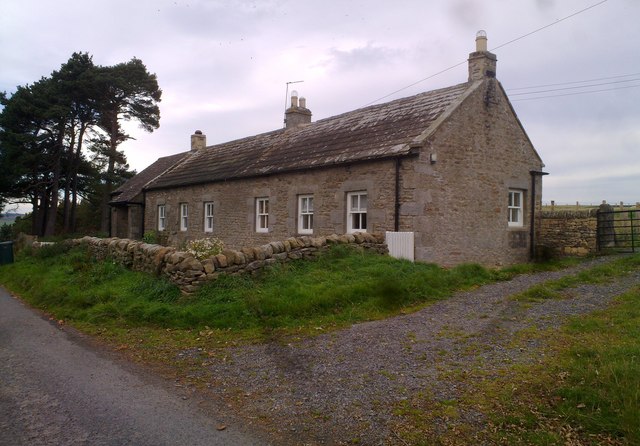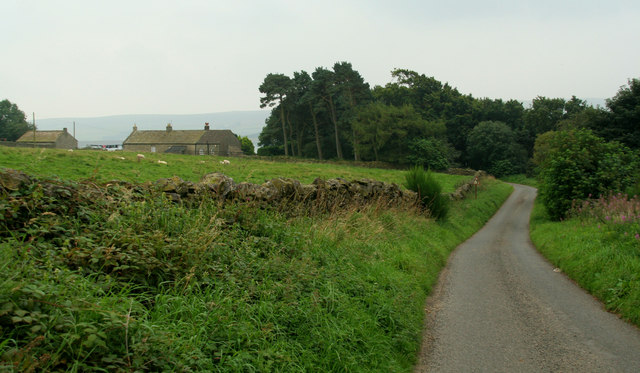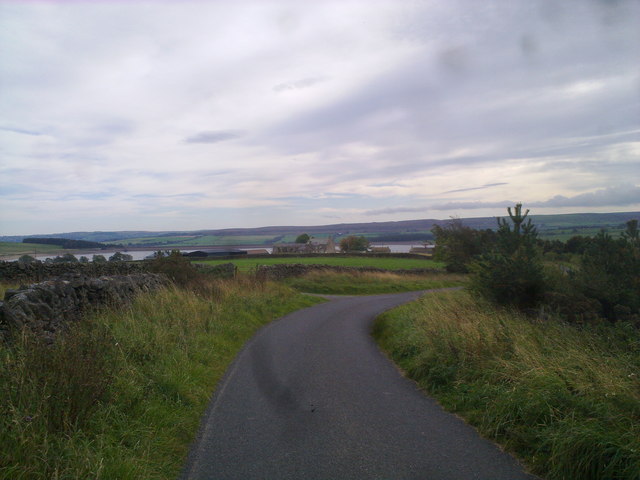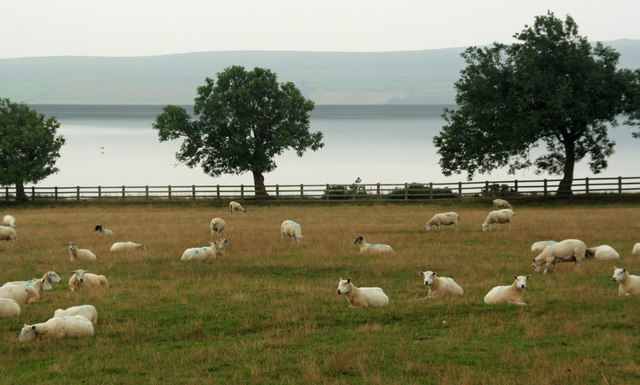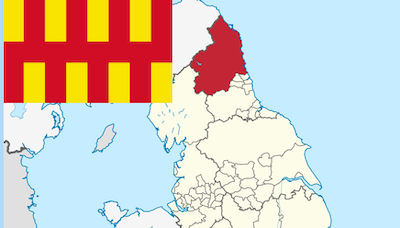Topics > Northumberland > Cronkley
Cronkley
Cronkley is a farm and hamlet located in the south of Northumberland, by Derwent Reservoir. There has been a settlement here since at least the 13th century. Earthworks near Cronkley Farm are thought to be the remains of a deserted medieval village.[1]
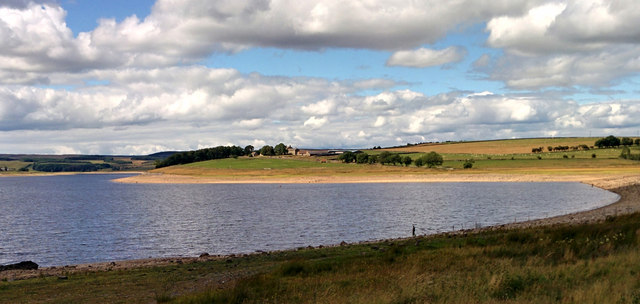
from Geograph (geograph)
Cronkley viewed from across the Derwent reservoir
Pinned by Simon Cotterill
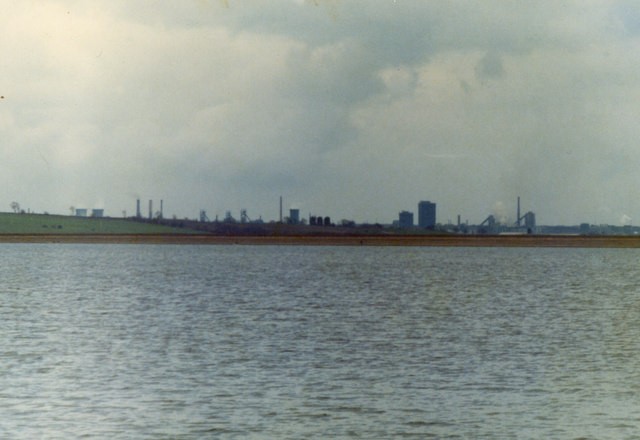
Co-Curate Page
Derwent Reservoir
- Derwent Reservoir in County Durham is a reservoir on the River Derwent close to the border between County Durham and Northumberland (not to be confused with Derwent Reservoir in Derbyshire). …
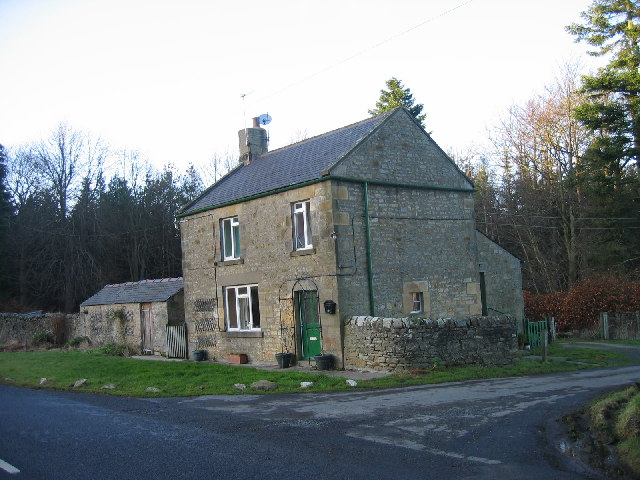
Co-Curate Page
Healey Civil Parish
- Healey Village St John's Church Healey Hall Heally Mill Minsteracres Cronkerly The civil parish of Healey is located in the south of Northumberland. The parish borders with County Durham by …
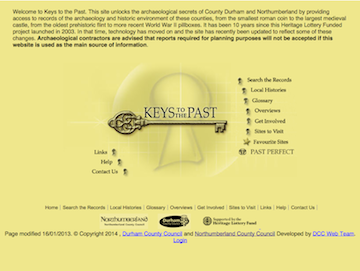
from https://keystothepast.info/se…
Cronkley deserted medieval village (Healey)
- "There has been settlement at Cronkley since the 13th century. A number of medieval documents record the number of taxpayers and tenants in the village. For example, in 1296 there …
Added by
Simon Cotterill


from Geograph (geograph)
Cronkley viewed from across the Derwent reservoir
Pinned by Simon Cotterill

Co-Curate Page
Derwent Reservoir
- Derwent Reservoir in County Durham is a reservoir on the River Derwent close to the border between County Durham and Northumberland (not to be confused with Derwent Reservoir in Derbyshire). …

Co-Curate Page
Healey Civil Parish
- Healey Village St John's Church Healey Hall Heally Mill Minsteracres Cronkerly The civil parish of Healey is located in the south of Northumberland. The parish borders with County Durham by …

from https://keystothepast.info/se…
Cronkley deserted medieval village (Healey)
- "There has been settlement at Cronkley since the 13th century. A number of medieval documents record the number of taxpayers and tenants in the village. For example, in 1296 there …
Added by
Simon Cotterill
